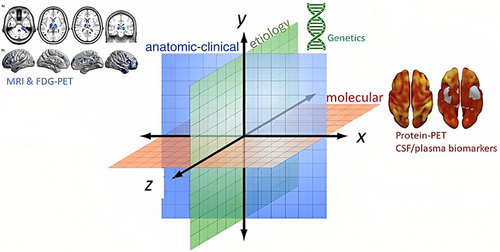Alzheimer’s disease (AD) is a global health problem, with incidence and prevalence considered to increase during the next decades. However, no currently available effective treatment exists despite numerous clinical trials in progress. Moreover, although many hypotheses are accepted regarding the pathophysiological mechanisms of AD onset and evolution, there are still many unknowns about the disorder. A relatively new approach, based on the amyloid-beta dynamics among different biological compartments, is currently intensely discussed, as it seems to offer a promising solution with significant therapeutic impact. Known as the “cerebrospinal-fluid-sink therapeutic strategy”, part of the “three-sink therapeutic strategy”, this theoretical model focuses on the dynamics of amyloid-beta among the three main liquid compartments of the human body, namely blood, cerebrospinal fluid, and the (brain) interstitial fluid. In this context, this article aims to describe in detail the abovementioned hypothesis, by reviewing in the first part the most relevant anatomical and physiological aspects of amyloid-beta dynamics. Subsequently, explored therapeutic strategies based on the clearance of amyloid-beta from the cerebrospinal fluid level are presented, additionally highlighting their limitations. Finally, the originality and novelty of this work rely on the research experience of the authors, who focus on implantable devices and their utility in AD treatment.

